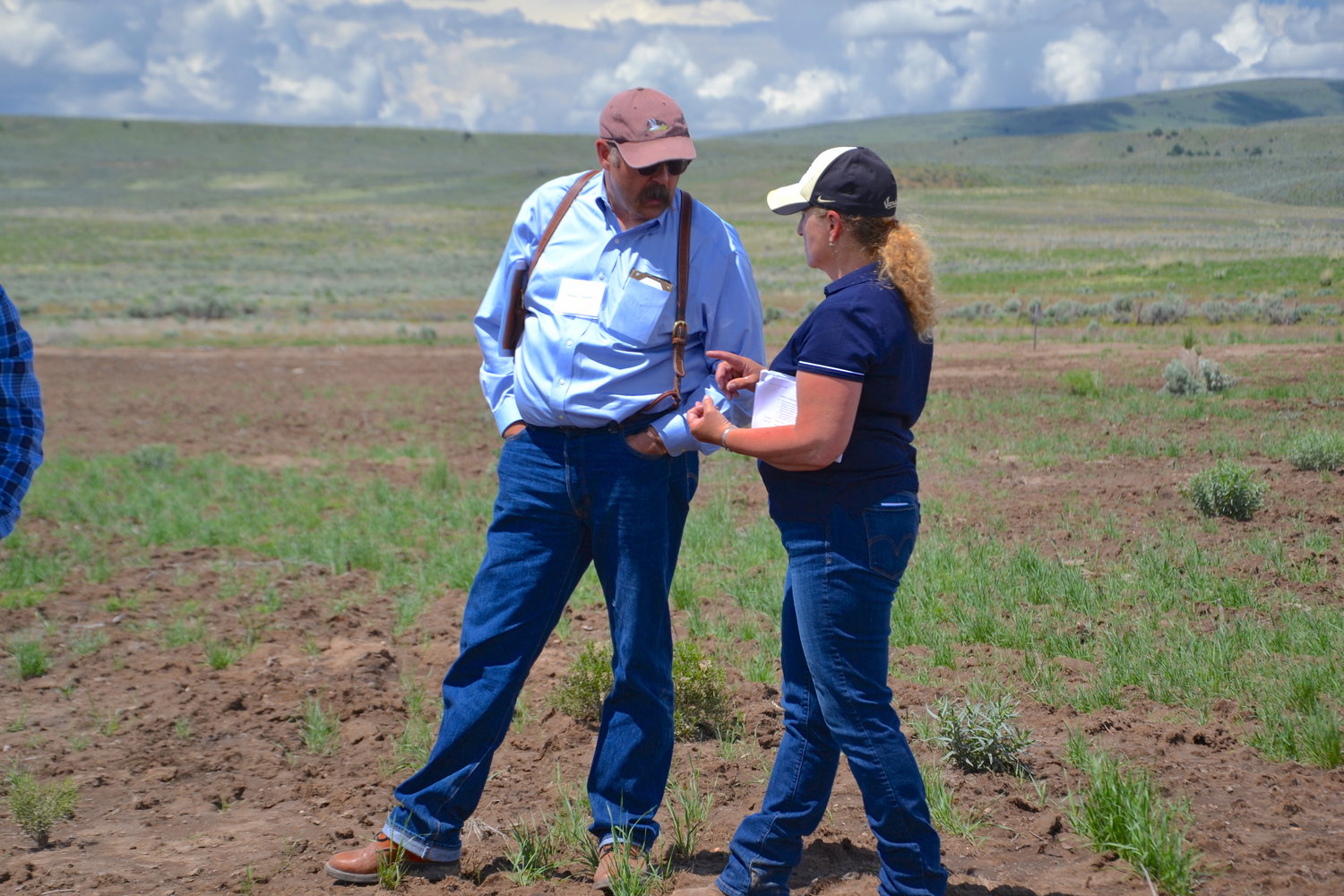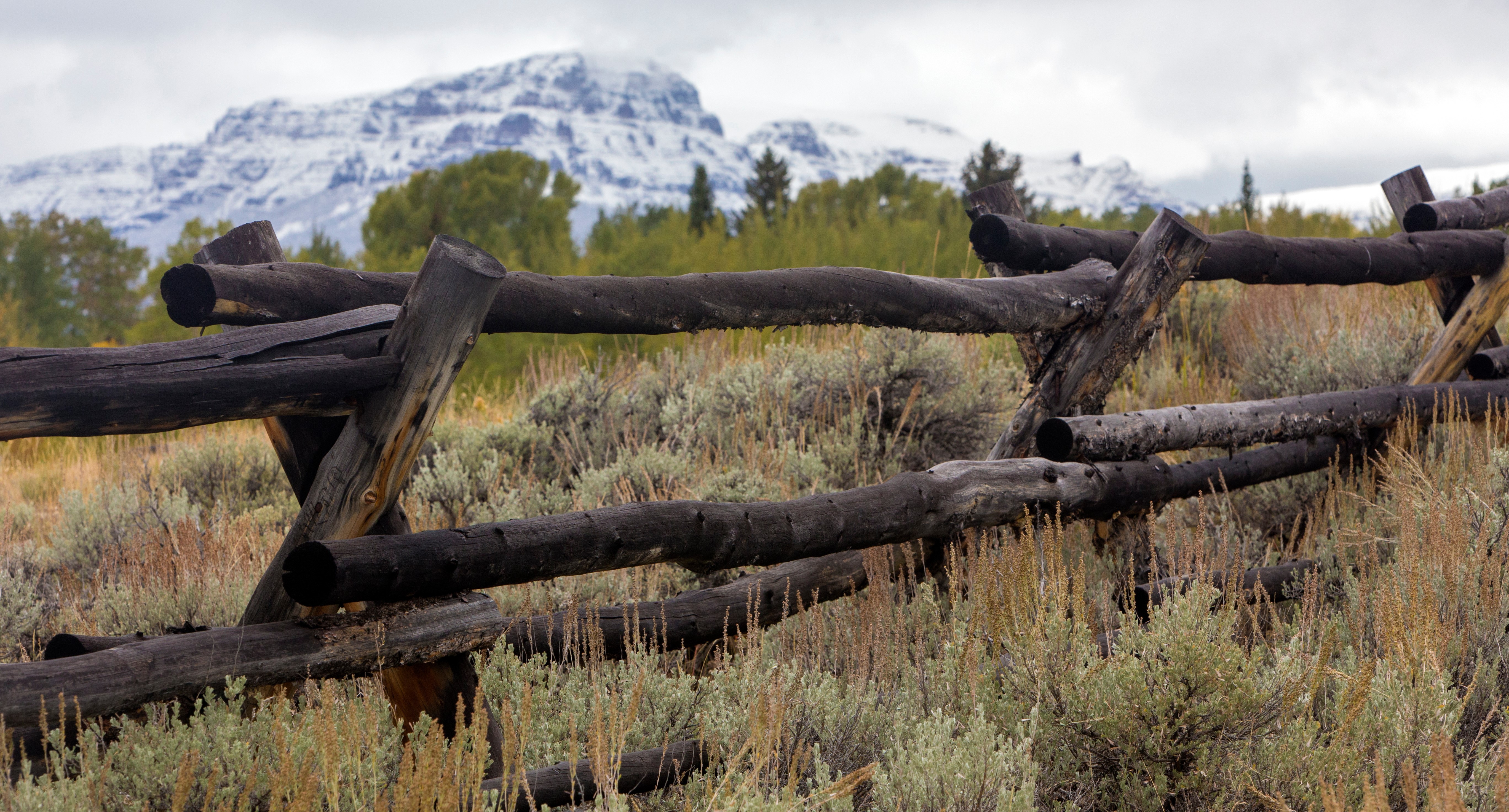
Duane Coombs
My name is Duane Coombs, and I have the privilege of representing Nevada on the Board of Directors of the Public Lands Council. My family, along with our partners, operate Cabal Cattle Company in Lander and Elko Counties of Nevada. We lease and operate the Big Springs Ranch, which consists of a little more than 300,000 acres of public and private rangeland east of Wells, NV. Our operation is solely grazing base - horse backing somewhere on the outfit most days. We work closely with our BLM range conservationist and our landlord, Nevada Gold Mines, to meet the ecological and restoration goals for this particular piece of heaven.
I recently found and have been reading a 1935 bulletin from the University of Nevada Agricultural Experiment Station entitled “The Public Range and The Livestock Industry of Nevada”. It is an interesting look at the history and economics of our industry in a predominantly public lands-based state. As Nevada and the West transitioned from the wild and wooly free-range era we read about in Will James books, much of the best productive land with a high carrying capacity had passed into private hands and onto more economically productive uses. Ranchlands, in contrast, were increasingly nudged towards the more marginal and isolated areas of our state. “These (economic) adjustments gradually forced range livestock onto lands low in productivity because of limitation of soil, climate, and available water for irrigation. These privately owned ranch lands, if put on a self-contained basis, would be classified as submarginal in productive capacity. However, in most instances the use of range forage in a large measure supplements their low productivity and raises the value of such lands to the marginal class, but still limiting their use to one phase of production – that of range livestock.” On many operations in Nevada, even the main fee title holdings are not suited to crop production, intensive grazing, or development. These operations are dependent upon grazing resources found on adjacent public lands.
Success and sustainability on Nevada rangeland-based ranches is best summed up by the word "balance". In 1935, a balanced unit “involves fitting together enough public range and deeded land with enough livestock to make beneficial use of seasonal range forage and ranch feeds without injury to the range.” Still true today with some additional caveats, matching livestock type and genetics to the range resource and meeting consumer demand for yield, grade, and quality. Fitting and adjusting use patterns to address other pressures on the landscape such as recreation, hunting, or energy production. Maybe this is the key to the human condition - finding balance?
Permittees in Nevada, like the rest of the West, work with and rely upon our federal partners to seek and hopefully attain this balance on our rangelands. Again from 1935; “The stockmen share with the administrators in a real responsibility to do their part toward improving and rehabilitating the range. Their cooperation and assistance will be a highly important factor in the solution of the perplexing problems of range control."
